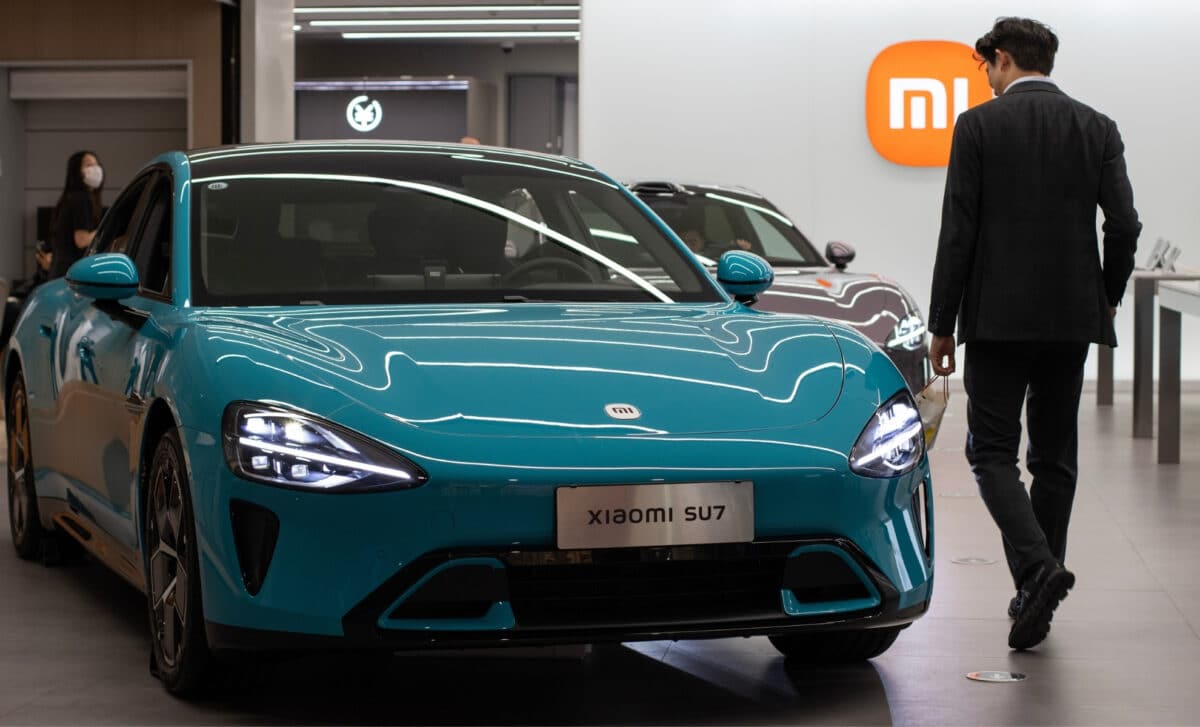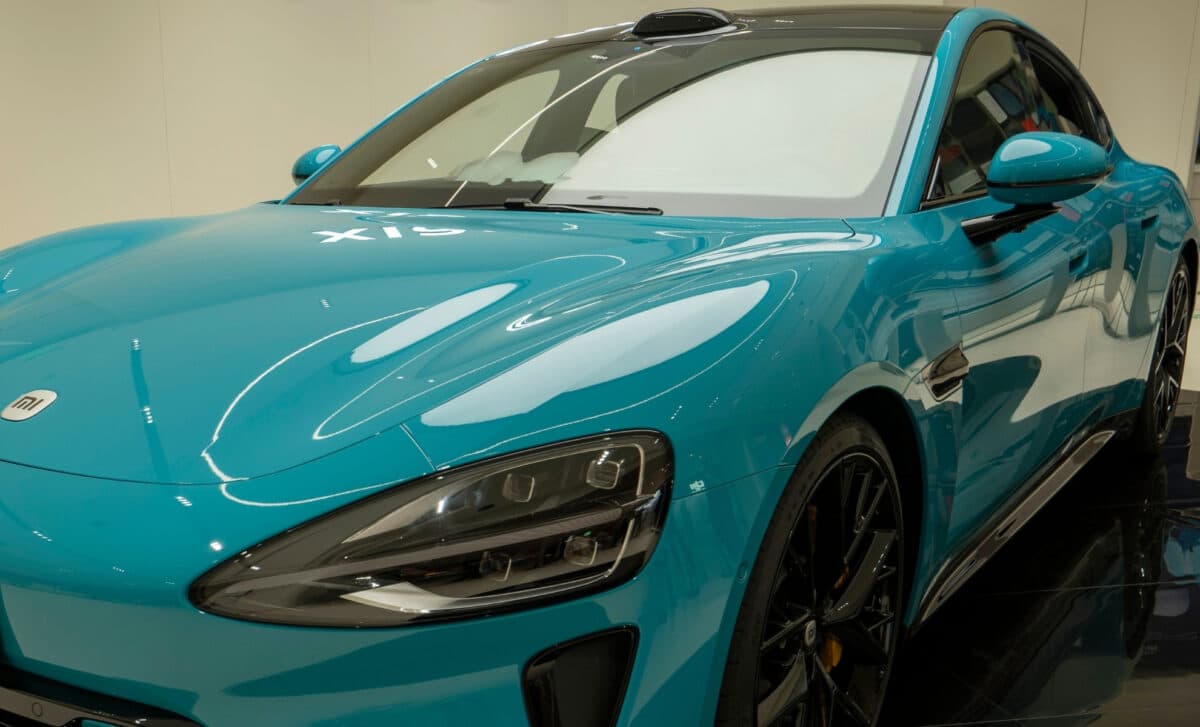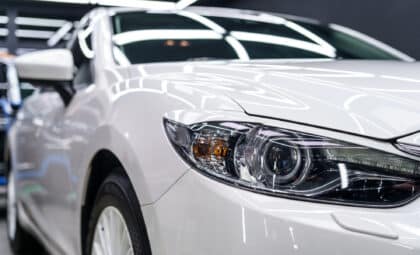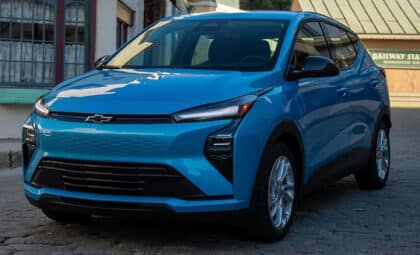On September 30, 2025, a video from Weihai, China, began circulating online, showing a parked electric Xiaomi SU7 slowly moving forward while its owner, Li Xiaoshuang, was inside a nearby store. At first glance, the scene resembled something straight out of a science-fiction film. As speculation mounted, theories ranged from a hacked vehicle to a malfunctioning AI system, reflecting public fears around increasingly autonomous vehicles.
As the footage gained traction on Chinese platforms, Xiaomi moved quickly to clarify the facts. Far from being the result of a software bug or cyberattack, the company stated—backed by a full technical review—that the car had simply responded to a legitimate remote parking command from the owner’s phone. Despite the harmless outcome, the event underscores the fragile balance between convenience and control in modern connected vehicles.
Remote Parking Command Confirmed by Xiaomi
According to L’Automobile Magazine, Xiaomi’s internal investigation found that the SU7’s Remote Parking Assist (RPA) feature had been activated by a Bluetooth command from the owner’s iPhone 15 Pro Max. The system, which allows short-distance vehicle movement via smartphone in tight parking spaces, functioned as designed. The logs recorded during the incident confirmed that no external interference had occurred and ruled out any bug or hack.
Xiaomi addressed an initial confusion related to a technical identifier (“iPhone 16.2”) spotted in the system logs, clarifying it was a reference used internally by Apple and unrelated to any newer device. After reviewing the logs together, the owner acknowledged that the command had indeed originated from his device, most likely triggered unintentionally.
This aligns the SU7’s RPA with comparable systems like Tesla’s Summon, where proximity and Bluetooth pairing are required. In both cases, a simple tap—or even an accidental input—can set a two-ton vehicle into motion.
@triscia.matta Ligou sozinho e foi embora… Xiaomi SU7 ligou e foi embora sozinho — o proprietário estava ocupado com suas coisas em casa naquele momento. A empresa afirma que a função de partida remota foi ativada. Mas o proprietário afirma que nem sequer tocou no telefone naquele momento. Como prova, ele forneceu esta gravação da câmera
♬ son original Triscia Matta
Accident Raises Concerns over App-Based Vehicle Control
Although no injuries or damage resulted from the incident, the media backlash exposed deeper concerns about the safety and regulation of smartphone-integrated vehicle systems. The main issue lies in how easily these systems can be triggered—intentionally or not—without direct line of sight or active confirmation.
The idea that a car can move based solely on an app command, especially when the driver is not paying attention, raises questions about user interface design, security protocols, and fail-safes. While Xiaomi‘s system requires Bluetooth proximity, the event demonstrates that physical presence doesn’t always equate to situational awareness.
Critics argue that as cars grow more reliant on software and connectivity, the potential for user error grows too. Features like voice activation, gesture control, or background app activity can introduce new layers of risk, particularly when not well understood by consumers.

Xiaomi SU7 Under Scrutiny Despite Sales Success
The SU7 was launched in April 2024 and has already sold more than 116,000 units, according to the same source. Marketed as a high-performance EV with strong autonomous features, it comes equipped with up to 508 TOPS of computing power, 18 cameras, LiDAR, and radar systems. Yet this isn’t the first time the model has attracted attention for the wrong reasons.
Previous reports have highlighted software-related recalls and accusations of performance throttling. As vehicles become more software-dependent, issues once confined to smartphones—like updates, bugs, or hardware compatibility—are now becoming matters of road safety.
The SU7’s design places the smartphone at the center of the driving experience, serving as both a remote control and digital key. This convenience, while appealing, also places a heavier burden on user awareness and system transparency.









